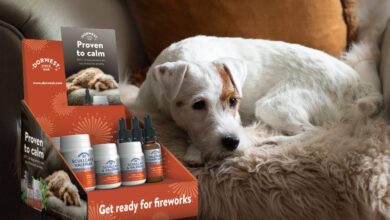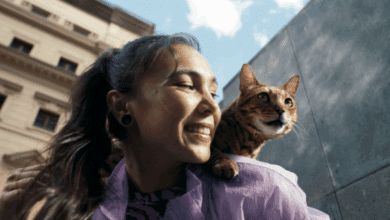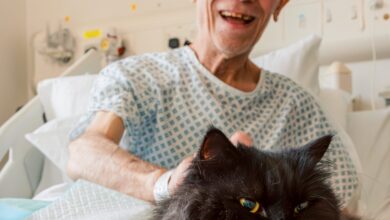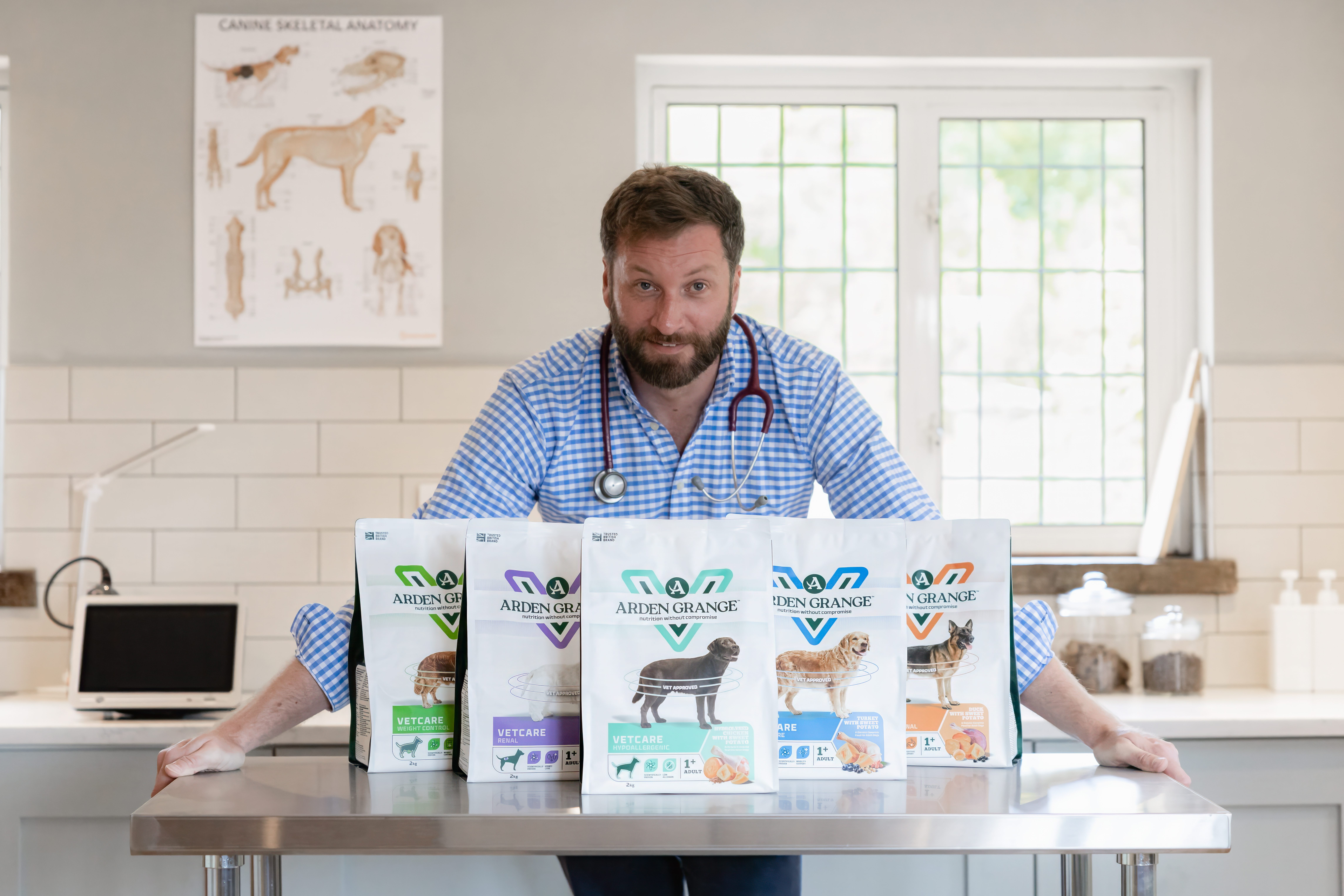The rise of cat popularity; is the dog market losing its trend?
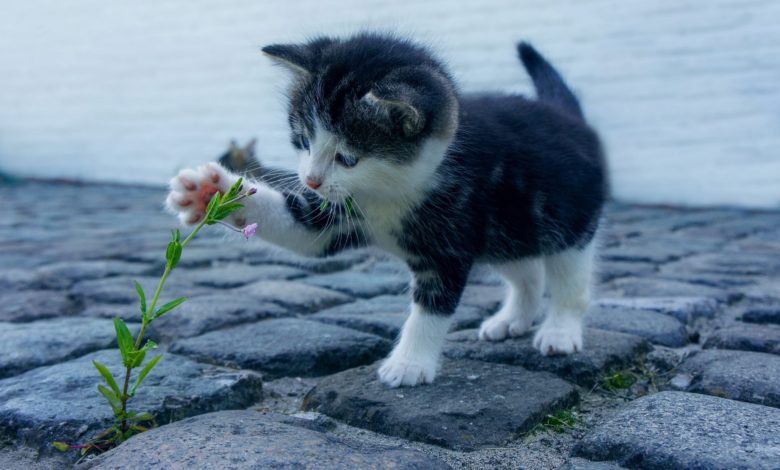
Register to get 1 free article
Reveal the article below by registering for our email newsletter.
Want unlimited access? View Plans
Already have an account? Sign in
Do you consider yourself a dog person or a cat person? That is the age old question.
For decades, canine lovers have been trumping feline enthusiasts in terms of numbers, popularity, and retail market size. However, recent developments have found out that cats are gradually becoming more popular as household pets than dogs.
According to Statista, the population of pet owners in the UK has increased from 40% in 2016 to 45% in 2017/18. Dog owners comprise 26% of the population and cat owners, 18%.
This is still a considerably large gap, but a pet sector trend analysis conducted by the Agriculture and Agri-Food Canada showed a 0.5% decrease in UK dog population from 2013 to 2017, while UK cat population had a compound annual growth rate (CAGR) of 1.4% percent in the same forecast period.
More numbers
This rise in feline ownership will continue and is projected to grow another 0.3% by 2022, with canine numbers lowering another 0.8%. Pet owners consider themselves more like pet parents. These days, pets are treated more like family not only in terms of affection but also when allocating a significant part of their household budget for pet supply and care. Some people even spoil their four-legged family members with toys and clothing – luxuries that their pets would have been fine without.
This may seem inconsequential when taken individually but overall, this leads to a huge chunk of the UK retail market. UK pet products market was worth approximately $4.5bn in 2016 with a steady growth projected over the next five years. The global pet care market, from $131.7bn in 2016, will grow 4.9% to $202.6bn by 2025.
So, what does the rising cat popularity mean for the pet industry? A shift in available retail products and services is expected. With an overly saturated dog product market, pet supply companies are looking to expand more into the feline area.
Food
Food accounts for a majority of pet-related expenses. The global pet food market is predicted to reach $98.81bnn with a 4.3% CAGR by 2022. Due to the humanisation of pets, demands for organic and healthy options for cat food are rising and traditional cat food is being sidelined. Owners have been increasingly preferring pet food with simple and easily understandable ingredients. They now favour made-to-order pet food that is natural and human grade.
Pet owners are also buying pricier selections with higher quality and keeping their pets full longer which means a wider gap in feeding times and less food volume needed. Manufacturers have recently been focusing on pet food targeted on certain demographics like specific breeds, indoor pets, and those with heart or urinary issues.
Human food manufacturers have also been moving into the pet food industry. Huge companies just bought pet food holdings; including General Mills and JM Smucker Co. With the predicted increase in the cat population, total cat food is foreseen to have a CAGR of 2.6% by 2022, compared to 2.2% in dog food.
Health
Another thing that the humanisation of pets caused is the increase in the pet healthcare industry. Nowadays, pet parents are more likely to spend money on their pet’s health than on their own.
They make sure their beloved furry family members get regular check-ups and updated vaccines, which led to a $15bn pet medicine market in 2017. Thus, with increasing cat ownership, cat-specific healthcare trends are also beginning to expand.
Vaccines for feline leukaemia virus (FeLV), feline immunodeficiency virus (FIV), and feline calicivirus are some examples.
Older pets, especially terminally ill ones, would also need more palliative care service. When they pass away, pet owners are willing to spend hard-earned cash on their beloved to be cremated and to be laid to rest in a pet cemetery. Losing a pet that they consider a family member also takes a huge toll on them so plenty of people with recently deceased pets look to grief counselling.
Pet medicine manufacturers are expecting to turn a large profit owing to the rising number of pets. Even online pet pharmacies where younger pet owners like to purchase medicine and vitamin supplements are projected to grow. Laboratory equipment and pet health insurance providers will also expand alongside them.
Technology
It is a new era and millennials now make up most pet owners and they turn to technology when looking to pamper their pets. New pet owners rely on informative websites like Purring Pal to answer common questions and assist them as they navigate pet parenting. Apps like Pet Plate which supplies human grade food for dogs and Wondercide that provides pet pest control are starting to dominate online pet care.
Dog walking apps such as Petair UK makes it more convenient for dog owners to find a walker. While apps for cats are not as numerous as apps for dogs, they are starting to increase recently. Cat Fishing is an iPad game that keeps your cats entertained and Pet Acoustics play music that calms down nervous cats. Dwaggel, a dating app for dog lovers, is also capitalising on millennial pet lovers who are looking to date people with similar interests.
Nobody wants a young family member to be left at home alone, hence, Petcube was developed. Petcube lets pet owners interact with their pets via Smartphone even if they are not home. Plenty of apps where you can find pet sitters and people willing to board your pets when you are away are also starting to emerge.
We are seeing more innovative methods of taking care of pets. Though most of these apps are startups or private companies, things are starting to change and they are expected to go public in the next few years.
Pet owners have also been looking at Instagram to make an income. Pet accounts like Dog the Pug and Nala the Cat are growing in popularity with millions of followers. Cats have been dominating social media, which might be the reason for its increased popularity.
Why cats?
So, what makes pet owners choose cats over dogs? Busy people who are looking to have pets generally prefer taking care of cats due to their low-maintenance and independent nature. Unlike dogs that require a walk or two during the day, cats are perfectly happy staying indoors. When it comes to expenses, cats are also cheaper to provide for. Since they are smaller than dogs, they need less food volume. Cats are also self-cleaning so you do not need to bring them for professional grooming as often.
They also keep rats and other rodents in your house at bay by hunting them. Finally, cats also improve their owner’s health.
Cats decrease stress and their purring is known to have healing properties on the human bones and muscle. There is no arguing that while dogs are man’s best friends, cats have an undeniable charisma and are certainly a priceless addition to the family.


